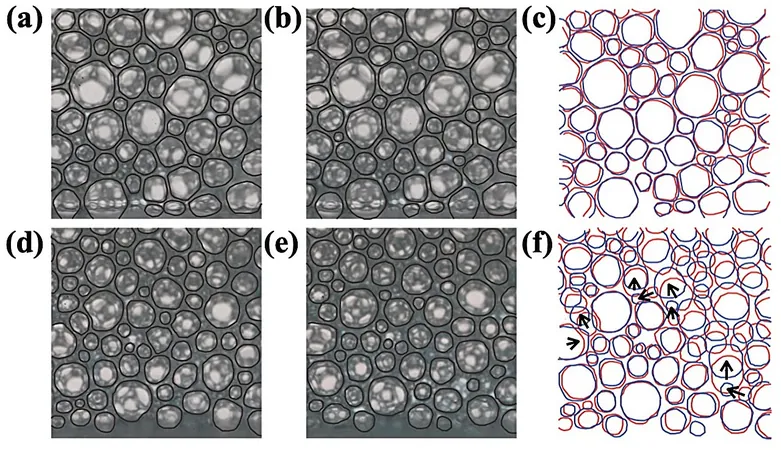
The Surprising Science Behind Why Foams Leak More Than We Thought!
2025-05-19
Author: William
Tokyo Researchers Uncover Secrets of Foam Drainage
In a groundbreaking study, scientists at Tokyo Metropolitan University have shed light on a puzzling phenomenon: why do foams drain liquid more rapidly than traditional physics models suggest? For years, it was believed that a meter of foam was necessary to restrict drainage, but the reality is far more fascinating.
Beyond Basic Physics: The Role of Dynamics
Contrary to previous assumptions that drainage was merely a function of foam height and surface tension, the researchers revealed that the drainage limits are significantly influenced by the dynamic behavior of bubbles reshaping under pressure. Instead of just pushing liquid through fixed obstacles, foams rearrange their structure, dramatically altering how liquid interacts with them.
What Happens When You Spray Foam?
Think about the last time you used spray foam: those tiny droplets escaping from the bottom aren’t just a nuisance—they’re a glimpse into the complex world of foams. These bubbles create a tangled maze, allowing liquid to travel not only out but also in, depending on the foam's condition.
The Discovery of Effective Osmotic Pressure
The team led by Professor Rei Kurita conducted extensive experiments using various surfactants to create different foam types. Observations showed a striking relationship: the height at which drainage begins is inversely proportional to the foam's liquid fraction, regardless of the surfactant or bubble size used. This insight led to the identification of an "effective osmotic pressure," much lower than previously estimated, challenging long-held beliefs in foam physics.
Peering Inside the Foam
By employing video technology to observe foams in action, the team made a startling discovery. At the crucial point of drainage, it wasn't just liquid pushing through—the bubbles themselves were dynamically rearranging! This shift in understanding highlighted that it’s not surface tension but the concept of "yield stress" that determines when drainage occurs.
Implications for Everyday Products
From household cleaning agents to pharmaceuticals, foams play a prominent role in our daily lives. The insights from this research could revolutionize how products are designed, leading to foams that are optimized for minimal drainage—a major step forward for industries relying on effective foam usage.
Conclusion: Rethinking Foam Physics
This extraordinary research not only clarifies a long-standing mystery in material science but also opens up new pathways for enhancing foam applications across various fields. Understanding the real mechanisms at play could transform the products we use every day, paving the way for innovative solutions in foam technology.









 Brasil (PT)
Brasil (PT)
 Canada (EN)
Canada (EN)
 Chile (ES)
Chile (ES)
 Česko (CS)
Česko (CS)
 대한민국 (KO)
대한민국 (KO)
 España (ES)
España (ES)
 France (FR)
France (FR)
 Hong Kong (EN)
Hong Kong (EN)
 Italia (IT)
Italia (IT)
 日本 (JA)
日本 (JA)
 Magyarország (HU)
Magyarország (HU)
 Norge (NO)
Norge (NO)
 Polska (PL)
Polska (PL)
 Schweiz (DE)
Schweiz (DE)
 Singapore (EN)
Singapore (EN)
 Sverige (SV)
Sverige (SV)
 Suomi (FI)
Suomi (FI)
 Türkiye (TR)
Türkiye (TR)
 الإمارات العربية المتحدة (AR)
الإمارات العربية المتحدة (AR)